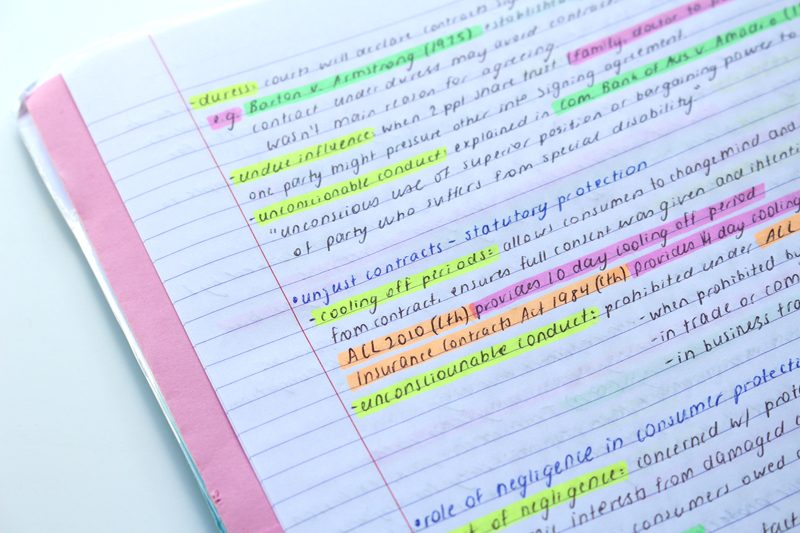Visual Learners learn best when material is presented to them in the form of diagrams, graphics, maps or drawings. This helps them to visualise what is being asked of them. You might find the following ways of study helpful:
Mind Maps
Mind Maps help you to “map” out the topic you are studying. It allows you to identify key points of the subject/topic and link them to particular areas. It forms a visual piece of study material.

It is useful for when you are working through a topic with lots of detail and you want to just note down the key points which you can then go back to. Here’s a great video which show you how to create a mind map:
Watch Videos
Visual Learners also benefit from watching videos on their topic of choice. Many study websites like BBC Bitesize and SCHOLAR have access to videos of topics, as well as video sharing sites such as YouTube. You can search for videos on the topic you are learning. Make sure, as you are watching the video though, to take down notes (perhaps using the Mind Mapping suggestion above) so that you can retain the information.
Use Highlighters
Sometimes you might have a “text heavy” set of notes or workbook that you need to use. For visual learners, you may try using a highlighter to highlight the key points of each sentence. This will draw your visual attention to the key areas of the text and will help you study. Sometimes, highlighting alongside circling key phrases can really help you retain key information.

Flash Cards
Flash Cards are small cards that break down your topic into key points. For visual learners, flash cards could have diagrams on them along with the words, or should ask for a response in diagram format. Flash Cards can be used for exam style questions, creating a revision notebook, learning key points/definitions or giving reminders when doing class tasks. This video below gives some ideas for creating flash cards:

